WORLD REPORT • EAST AFRICA
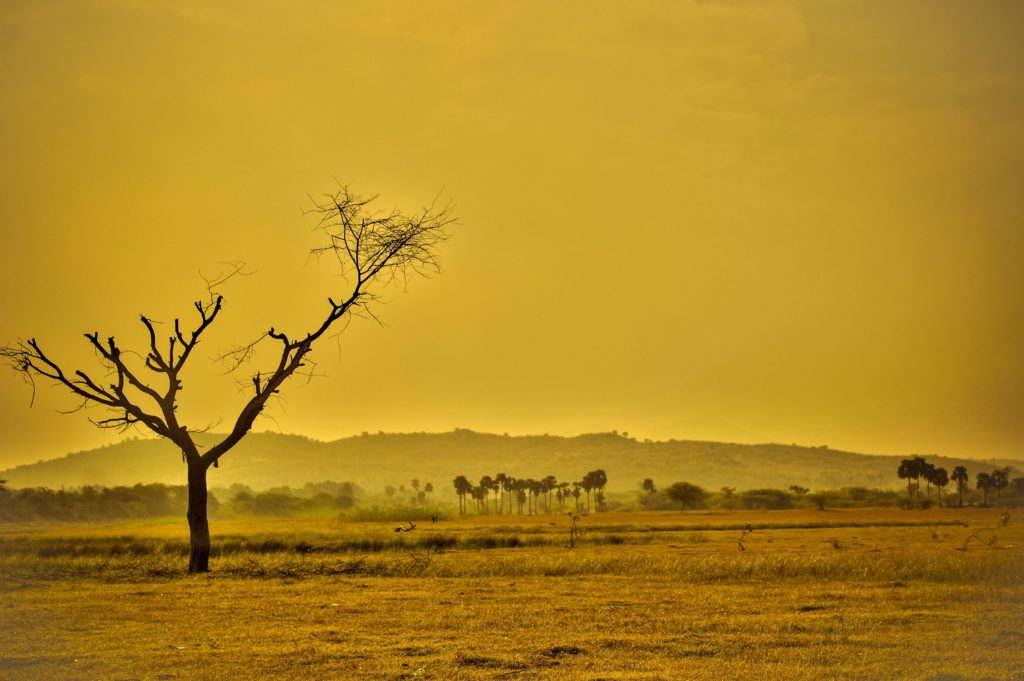
Food security gears the fight against poverty
In some African countries, a process where all actors of the food system were involved, resulted in reaching food security. East Africa now faces that challenge
BY Irene Lamunu | Journalist from Kampala, Uganda
EXPERTS URGE that food security is the easiest way and first step in fighting poverty. It is believed that once people have enough food, they can come out of poverty easily because they will have food to feed their families and the surplus is sold in the market, thus earning them an income. The experts also believe that once one is poor, any little money received is usually spent on buying food to feed the family which does not improve their situation.
Food and poverty policies
The Uganda Food Nutrition Policy and its associated strategies have been formulated within the context of the overall national development policy objective, which is to eradicate poverty as detailed in the Poverty Eradication Action Plan (PEAP).
This is important given that poverty is one of the determinants of malnutrition and the recognition of the vicious cycle between poverty and malnutrition. In addition, the policy is in line with the Plan for Modernisation of Agriculture (PMA), which seeks to ensure food security, create gainful employment, increase incomes and improve the quality of life of the rural people.
Food security is the easiest way and first step in fighting poverty and should be at the heart of any discussion on poverty
Reliefweb.int also published a report by the Asian Development Bank on food security and poverty in Asia and the Pacific and on key challenges and policy issues, stating that “food security should be at the heart of any discussion on poverty”. The reason they gave was that food security and poverty reduction are inseparable.
They believed that although food security alone does not eradicate poverty, any strategy to fight poverty must be integrated with policies to ensure food security and to offer the best chance of reducing mass poverty and hunger.
The report also emphasized that rising food prices disproportionately affect the poor and counteracts efforts at poverty reduction in many ways. Thus, although rising food prices affect everyone, the impact is disproportionately large among the poor, who spend a greater proportion of their budgets, up to 60–70% on food. It was brought to light that poverty rates had significantly reduced across Asia during the period 2000–2010 as the pace of poverty reduction was slowed by rising food prices. During those years, an additional 112 million in Asia could have escaped poverty annually, had food prices not increased, according to Asian Development Bank estimates.
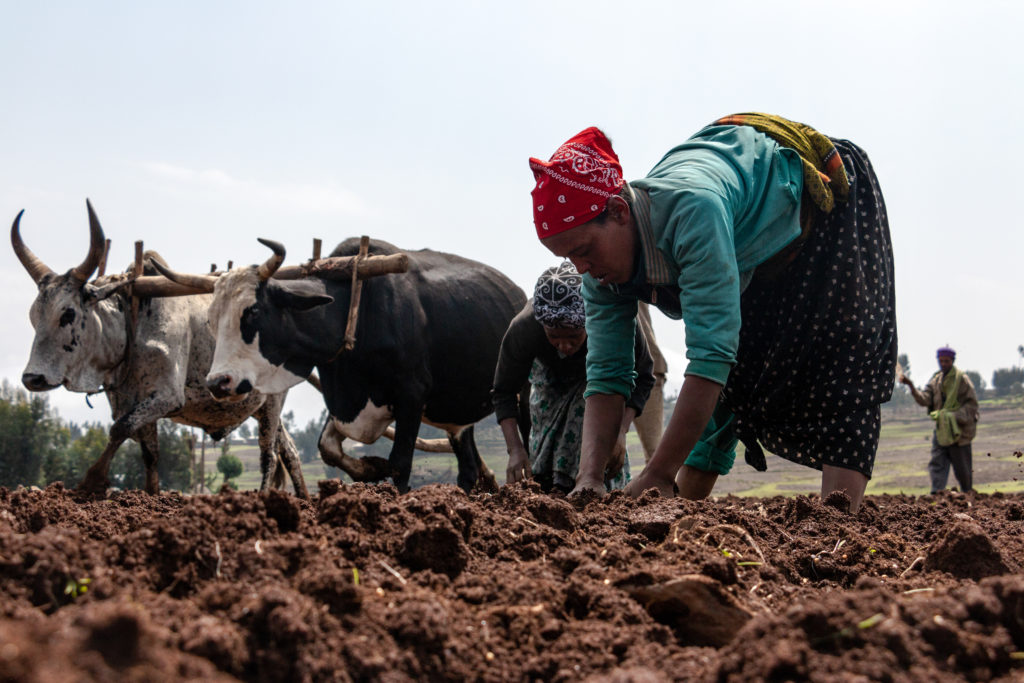
and Wheat Improvement Centre.
Food systems in Malawi
Meanwhile, The Malawi Times published an op-ed (opinions and editorials page) by senior research fellow Todd Benson who wrote, “Malawi’s food systems are in crisis and, over the past 10 years, an average of 2.3 million Malawians annually have been vulnerable to hunger. Yet the country’s policy approach to food security continues to centre on subsistence production.”
The International Food Policy Research Institute (IFPRI) also published a book titled, Disentangling food security from subsistence agriculture in Malawi, by Todd Benson. In his book, Benson presents a set of approaches that are suggested to change how most Malawians obtain their food away from reliance on their production, to dependence on strengthened markets.
The book stresses the importance of successful participation: “All market participants must profit—farmers must always be able to find sufficient traders offering remunerative prices for their increased crop output at the same time as households that increasingly rely on non-farm livelihoods must always be able to find the food they require from traders at reasonable prices. Stronger markets that operate predictably for the benefit of producers, consumers, and traders will facilitate reliable access to food for all Malawians”.
Stronger markets that operate predictably for the benefit of producers, consumers, and traders will facilitate reliable access to food
Increases in agricultural production
However, over the last decade, one million people in Rwanda lifted themselves out of extreme poverty, capitalizing on a rapidly improving agricultural sector in which the International Development Association (IDA) has been proud to make substantial investments.
Although agriculture is the backbone of the Rwandan economy, accounting for 33% of GDP, occupying 79.5% of the labour force, and generating more than 45% of the country’s export revenues—its development has been constrained by population density, hilly terrain and soil erosion. Since 2001, Rwanda has worked closely with IDA to make on-the-ground investments to achieve food security and increase agricultural productivity.
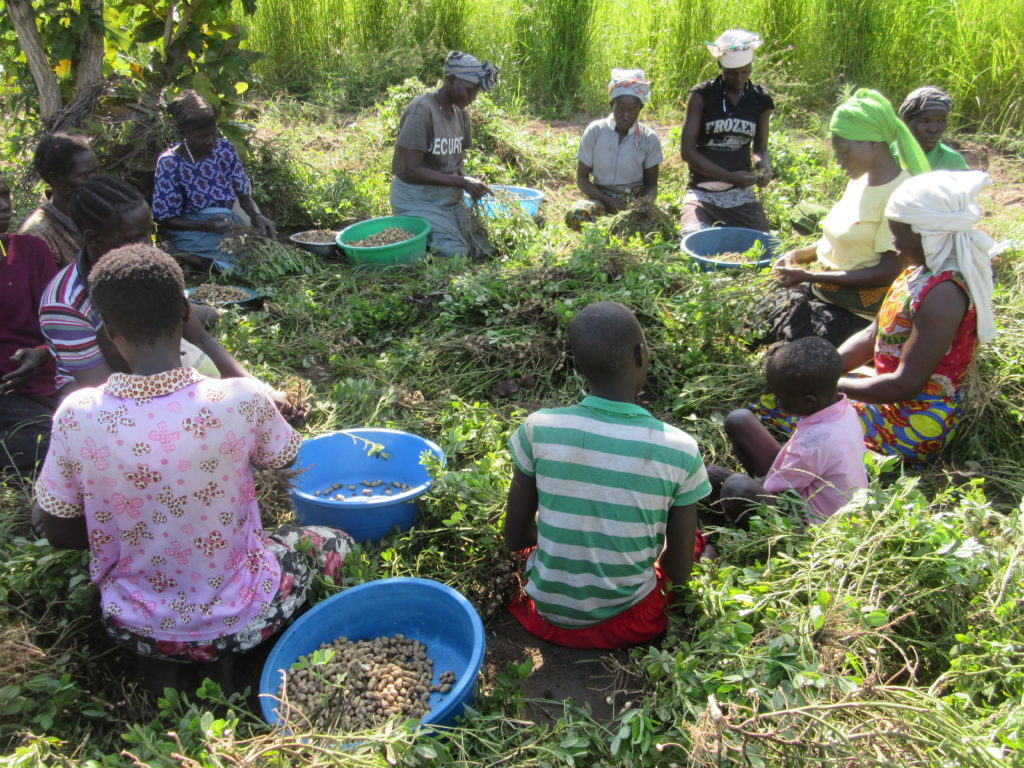
they planted communally to fight food insecurity.
Credit: Peter Andresile/Wikimedia.
Agricultural production has more than doubled and Rwanda was able to attain food security in 2010, producing enough on its own to not have to rely on imports. Agricultural productivity increased by more than one-third in ten years, commercialization expanded, allowing rapid export growth, and farmers’ incomes in some cases rose by 30%. This helped cut the extreme poverty rate by 14%. Between 2006 and 2011, poverty was reduced by about 12% owing largely to increased productivity (35%) and commercialization (10%) in the agricultural sector.
Food crisis in East Africa
In September 2021, The Daily Monitor published an article warning that the hunger crisis gets louder in East African countries. The article stated that, despite efforts by regional governments to achieve food security through elaborate plans and policies, the region remains food deficient.
The same paper is quoted as saying that, according to the East Africa Food Security Outlook, from June to January 2022 as published by Reliefweb.int, food assistance needs will remain high and above average in Somalia, southern and southeastern Ethiopia, and northern and eastern Kenya through at least early 2022.
These issues came up at the annual Africa Green Revolution Forum (AGRF) summit held from 7–10 September 2021 in Nairobi. The summit focused on accelerating progress in the development of resilient food systems in the region and the continent.
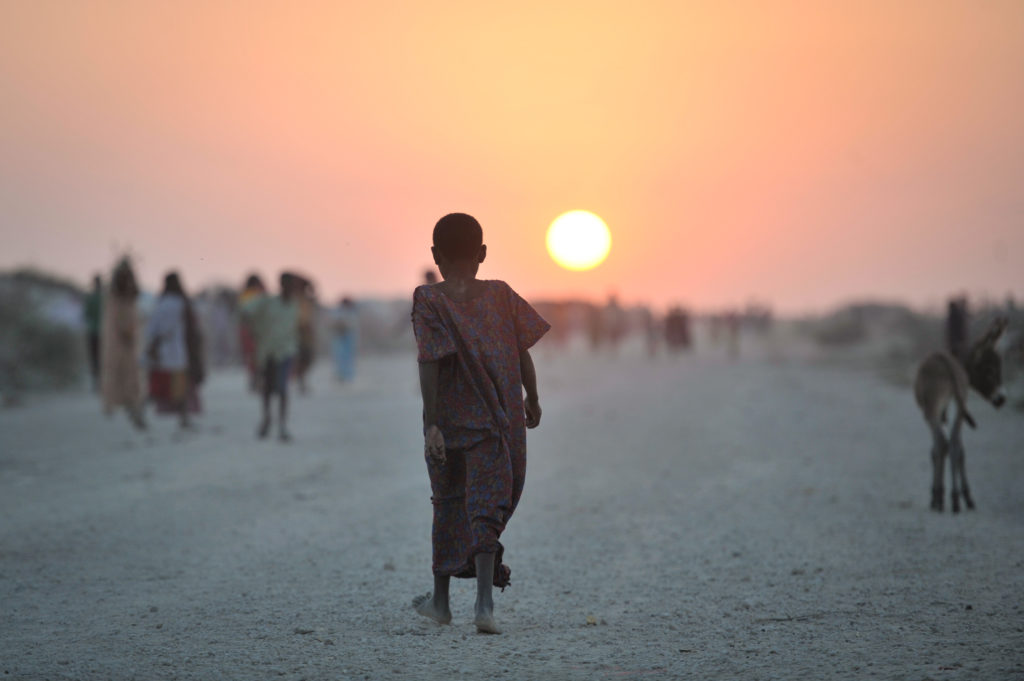
At the summit, it was noted that the Tigray region in Ethiopia will face severe food shortages due to the almost one year of conflict, while in the eastern Horn and northern Uganda, many households have already lost food and incomes due to the impact of irregular rainfall on crop and livestock production in early-to-mid 2021.
With the conflict ongoing, economic shocks are expected to exacerbate the severity of acute food insecurity in parts of the region, especially in Ethiopia, South Sudan and Sudan.
The Covid pandemic has affected food security, especially among urban households in Kenya, Uganda and Rwanda and among refugees in Uganda, thus hindering development.
Food insecurity
In Kenya, according to the National Drought Management Authority, the government has put more than 12 out of the 47 counties on red alert with figures showing that about 400 000 people are facing starvation in the coastal region alone.
According to the United Nations Office for the Co-ordination of Humanitarian Affairs (OCHA), more than 2.1 million people in the arid and semi-arid lands of Kenya are severely food insecure, following two consecutive seasons of poor rains, which have hampered crop production.
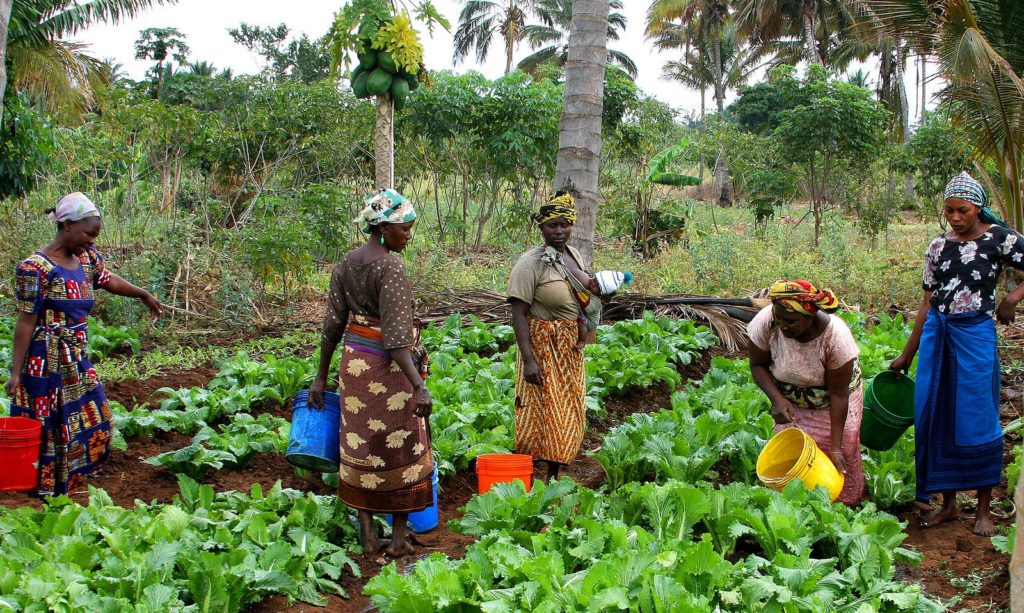
Credit: pxhere.com.
Limited access to food, aggravated by the loss of income and closure of markets in some Kenyan counties due to Covid-19, has left over 532 000 children under five years and 93 300 pregnant or lactating women in urgent need of treatment for acute malnutrition.
From January to July last year, humanitarian organizations in Kenya reached 491 000 people with critical assistance, including food and agricultural inputs, treatment for acute malnutrition, water, sanitation and hygiene, as well as health, education and protection services.
Food assistance will remain high in Somalia, southern Ethiopia, and northern and eastern Kenya through at least early 2022
Increase productivity
In Sudan, for instance, the Famine Early Warning Systems Network (FEWS NET) estimates that poor macro-economic conditions, as well as protracted conflict in parts of Darfur, Kordofan, and Red Sea states, and widespread seasonal floods, are pushing food assistance needs nearly 50–60% above the five-year average.
The former Prime Minister of Ethiopia and AGRF Board Chair, Hailemariam Dessalegn, said that a lot needs to be done to increase food production and make the region food-sufficient through inclusive agriculture.
Tanzania’s Agriculture Minister, Adolf Mkenda, acknowledged, during the AGRF summit launch, that productivity in the sector is still a major hurdle that limits farmers’ earnings and their contribution to the national economy.
He said the contribution of the crop sub-sector to the nation’s GDP is still low at 15.4%, while in total, the agricultural sector contribution is also not satisfactory at 26.9%.
Kenya, Uganda, South Sudan, Ethiopia, Rwanda and Somalia, all are currently facing different levels of food deficiencies due to drought, insufficient rainfall, conflict, locust invasion and the aftershocks of Covid-19, which have slowed down agricultural activities. Consequently, once agricultural activities are slowed, the economic growth also goes down.
| Dates To Remember |
|
April 2 – World Autism Awareness Day 4 – International Day for Mine Awareness and Assistance in Mine Action 6 – International Day of Sport for Development and Peace 7 – International Day of Reflection on the 1994 Genocide in Rwanda 7 – World Health Day 15 – Good Friday 17 – Easter Sunday 21 – World Creativity and Innovation Day 22 – International Mother Earth Day 23 – English & Spanish Language Day 24 – International Day of Multilateralism and Diplomacy for Peace 25 – World Malaria Day 28 – World Day for Safety and Health at Work 30 – Our Lady, Mother of Africa 30 – International Jazz Day May 1 – St Joseph the Worker, Workers’ Day 3 – World Press Freedom Day 8 – Remembrance and Reconciliation for Victims of Second World War 8 – World Migratory Bird Day 15 – International Day of Families 17 – World Telecommunication and Information Society Day 20 – World Bee Day 21 – World Day for Cultural Diversity for Dialogue and Development 22 – International Day for Biological Diversity 29 – Ascension of the Lord 29 – International Day of UN Peacekeepers 30 – World No-Tobacco Day |
